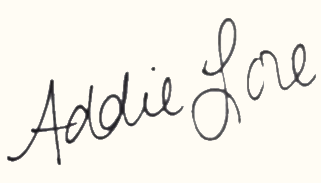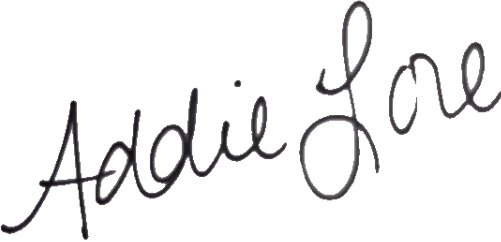A Season of Hope
I first became enchanted with Solstice and Equinoxes when reading Julia Rothman’s Nature Anatomy Series with my oldest boys in elementary school. They’re so overtly tied to the flow of the year that they feel significant, even if you grew up with other traditional holidays, and never paid them much attention. I like that they are more evenly spread than common western holidays, and that their seasonal rhythm has universal significance. They help me celebrate and be grateful for simpler things. At one point I enrolled our family in a full moon club, to get in on a little bit more of this seasonal awareness. It helped me track my cycle better, and I loved the symbolic meanings for each month’s moon. I even started writing a book around these themes, but in the end it felt appropriative, and as far as celebration goes, monthly felt a little overwhelming. I wasn’t able to keep up with newsletter content on that schedule and keep the quality I wanted. It wasn’t until I started reading more of Maia Toll’s work that I become more aware of the other four sabbats or festivals alternated with the solstices and equinoxes. At first these were harder for me to have a connection with, because their meaning was more abstract, and tied to seasonal traditions we no longer follow, but I am beginning to fall in love with them too.
Take for instance Imbolc or Candlemas coming up this week. It marks the first of lambing season, when sheep and goats started to give milk again, and as the Catholic Church began absorbing these days and seeking to give them new meaning, it was associated with Jesus’ presentation at the temple, and people brought their candles to be blessed. It seemed weird to me. Why do we get candles blessed at the end of winter? Aren’t new candles made in the beginning of winter when livestock was processed, and the evening started being longer? I’m sure I could find more clear reasons for this with a little research, but for now my bafflement is more helpful, so we’re going to go with it for a minute. Candlemas often falls on Groundhog Day, that day when we start asking, “are we there yet?” with winter. The days start getting longer again back in December, but the coldest trapped inside days and winter storms are still to come after that. I’ve also heard February called National Homeschool Mom’s Burnout Month. You had a holiday “break,” but it wasn’t exactly restful, you’ve been pushing through for months, and now all of a sudden your kids are stuck inside most of the time. We can all start to go a little stir crazy. I can only imagine how much worse it was before electricity and cars. Maybe it was easy to distract ourselves from the lack of sunshine and exercise through all the holiday festivities, but those have wound down now, and the heaviness of the world starts to sink in again.
And it is heavy. I was in the house with family over the holidays when some relatives in the next room started extolling the virtues of lax gun laws, explaining how they always sit where they can see the door and take down a gunman if necessary. I know that arguing doesn’t do any good, but I feel my heart rate rising. I don’t know how we both claim to worship a crucified God, but so many of my relatives still believe it is preferable to kill than be killed. I went for a walk, but neighbor’s dogs on weak ties were straining and barking, so I went back to the back yard with the kids, and scrolled instagram instead, where I came across the post of a friend. She was looking back over old journals to mark the ending of the year and move forward into something new, and she came across pages upon pages where she had written, “I will not give up hope” over and over. She is eight months pregnant with a baby girl, following 4 miscarriages, and she gave thanks that she will “carry that achy love” with her always, even when it hurts.
I was reminded of the idea that grief is love with no where to go. As my heart hurt for children killed in a genocide that my “representatives” support in my name, for children killed in American schools because we value our might over the lives of children, for relatives who just don’t seem to be looking at the same picture I am, I gave a new name to this ache, this tenderness — love, hope. Andrea Gibson, one of my favorite poets always says, “How can I let this open my heart instead of close it?” I grew up with sacred texts that again and again plead that we would have a heart of flesh and not of stone. I’ve been listening over and over to the boygenius song Afraid of Heights, where Lucy Dacus cries, “How it hurts to hope, Oh it hurts to hope for more, How it hurts to hope the future will be better than before.” So I’m carrying this ache. In my mind it looks like a bruised overripe plum, but that only reminds me of the mom in Sweet Home Alabama, "Some people might call 'em spoiled, but I think that these almost ruined ones sometimes make the sweetest jam."
So in this cold season, say a prayer over your candles, that the little lights will see us through, and nurture your broken heart, hold it soft and keep it close. Let us be so very tender with one another. Let us hope and love even when, especially when, it hurts.


